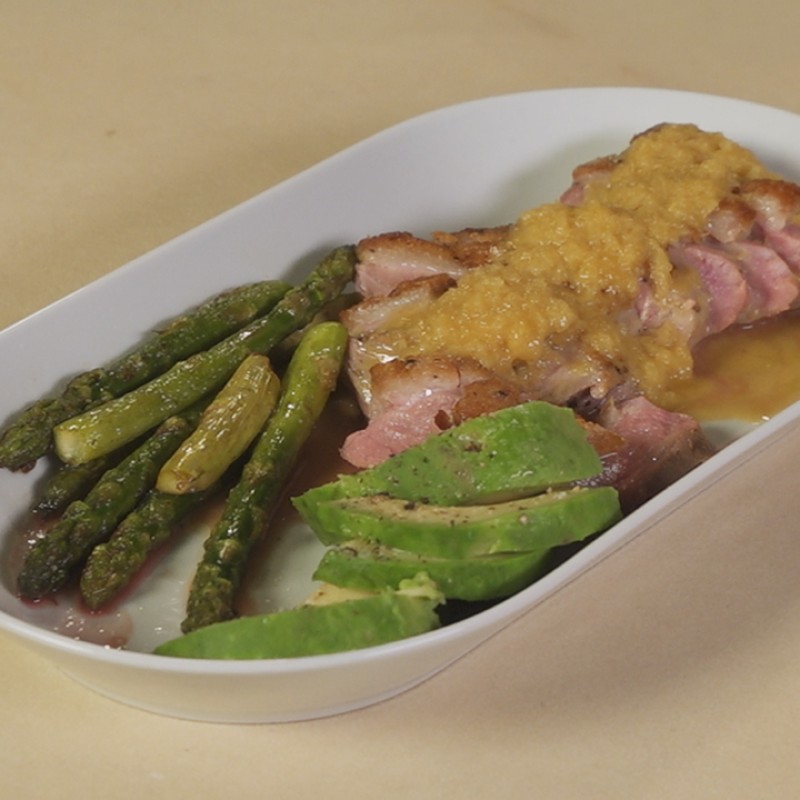
Cuisine
Cuisine
Yıl 2023
Zaman 00:27:07
The dish vinegret is mentioned in Nikolay Gogol’s tale “The Overcoat”, in Aleksandr Kuprin’s short story “Holy Lies”, and in a rough draft of Aleksandr Pushkin’s Eugene Onegin, in these two lines that didn’t make it into the final version of his famous novel in verse: “French cuisine has the finest colors: Double snipe and vinegret” Of course, the first question that arises is not why these lines didn’t make it into the novel, but rather whether vinegret was indeed French cuisine. Yes! But… one might say that vinegret was “born” because of a difficulty in translation, and that both French and Russian chefs were integral to its creation. Recipes for vinegret varied in Imperial Russia. Vinegret took the forms of a cold accompaniment to meat, a hot salad with artichokes, and an independent dish made from domestic fowl, eggs, cabbage, and capers. As a result, by the 20th century it was not one single recipe that came to be known as vinegret, since by that time there were so many variations, but rather a formula: “a mixture of finely diced ingredients with a dressing”. We think it’s now time, in the 21st century, to present our own version of this old culinary tradition. Our chef Vladimir Pavlov will prepare a vinegret with herring tartare, green pea sauce, and borodinsky bread chips. And this masterpiece will be a fusion of three cuisines – French, Russian, and Asian! Watch The Geography of Taste on Russian Travel Guide.
Önemli Vladimir Pavlov
Yıl 2023
Zaman 00:27:07
Önemli Vladimir Pavlov
The dish vinegret is mentioned in Nikolay Gogol’s tale “The Overcoat”, in Aleksandr Kuprin’s short story “Holy Lies”, and in a rough draft of Aleksandr Pushkin’s Eugene Onegin, in these two lines that didn’t make it into the final version of his famous novel in verse: “French cuisine has the finest colors: Double snipe and vinegret” Of course, the first question that arises is not why these lines didn’t make it into the novel, but rather whether vinegret was indeed French cuisine. Yes! But… one might say that vinegret was “born” because of a difficulty in translation, and that both French and Russian chefs were integral to its creation. Recipes for vinegret varied in Imperial Russia. Vinegret took the forms of a cold accompaniment to meat, a hot salad with artichokes, and an independent dish made from domestic fowl, eggs, cabbage, and capers. As a result, by the 20th century it was not one single recipe that came to be known as vinegret, since by that time there were so many variations, but rather a formula: “a mixture of finely diced ingredients with a dressing”. We think it’s now time, in the 21st century, to present our own version of this old culinary tradition. Our chef Vladimir Pavlov will prepare a vinegret with herring tartare, green pea sauce, and borodinsky bread chips. And this masterpiece will be a fusion of three cuisines – French, Russian, and Asian! Watch The Geography of Taste on Russian Travel Guide.
Ayrıca beğenebilirsin